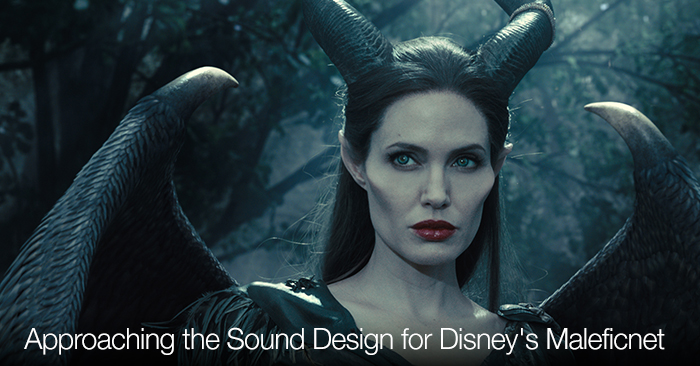
Approaching the Sound Design for Disney’s Maleficent
Learn some behind-the-scenes secrets from the sound designer for Maleficent.
Audio can be one of the most tricky aspects of independent film production. Maybe it’s poor budget allocation or simply a lack of technical know-how, but the indie circuit is full of films with bad sound design. Fixing bad audio can take your productions to a whole new level – but what happens when you aren’t given any sound at all? Well that was a problem for the sound team behind the recent Disney film Maleficent.
Supervision Sound Editor and Sound Designer for Maleficent Tim Nielsen faced a big challenge when given the task of creating the audible world for the film. While most productions have some sort of baseline audio track as a starting point, this film was different. VFX rigs, smoke machines, and fans made any audio captured on set virtually useless, so it was up to Tim Nielsen to figure out what the scene should sound like.
Malificent featured two distinct worlds: the human world and the Moors world. The human world, while extensive, was more straight forward than the fairy-tale world of the Moors. It was Tim’s job (with the help of coworkers at Skywalker Sound) to find and create sounds that would set the scene for this fictional world. For example, one of Tim’s tasks was to create the sound for Maleficent’s wings. The wings needed to evoke power and speed but still sound like they were coming from feathers. The job proved to be difficult as the sounds ranged from too leathery or paper…but after trial and error the end result was near perfect.
In the following video Michael Coleman interviews Tim Nielsen to get a little more insight into how he approached the sound design for Maleficent:
One of the most significant takeaways that we got from the video was how Tim approaches sound design. For most projects indie-filmmakers probably start with the dialogue and build from there, adding in the sound effects, ambiance and music. But Tim adds in the ambiance first and builds from there. He creates the wind and echo of the room before adding in other sounds. This is a useful technique and we are excited to try it out on our next project.
What did you get from the interview? Have any tips for sound design? Share in the comments below.







